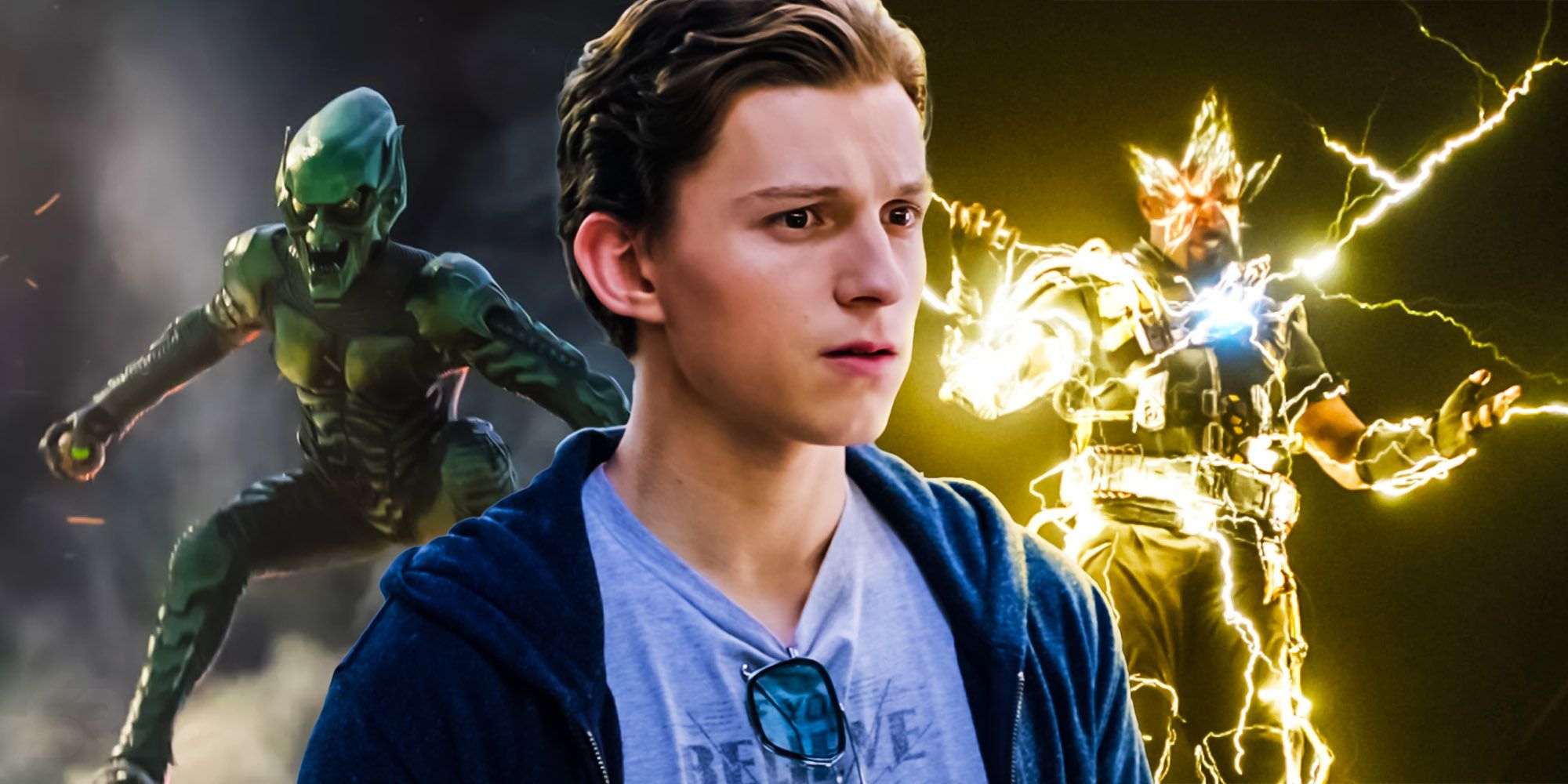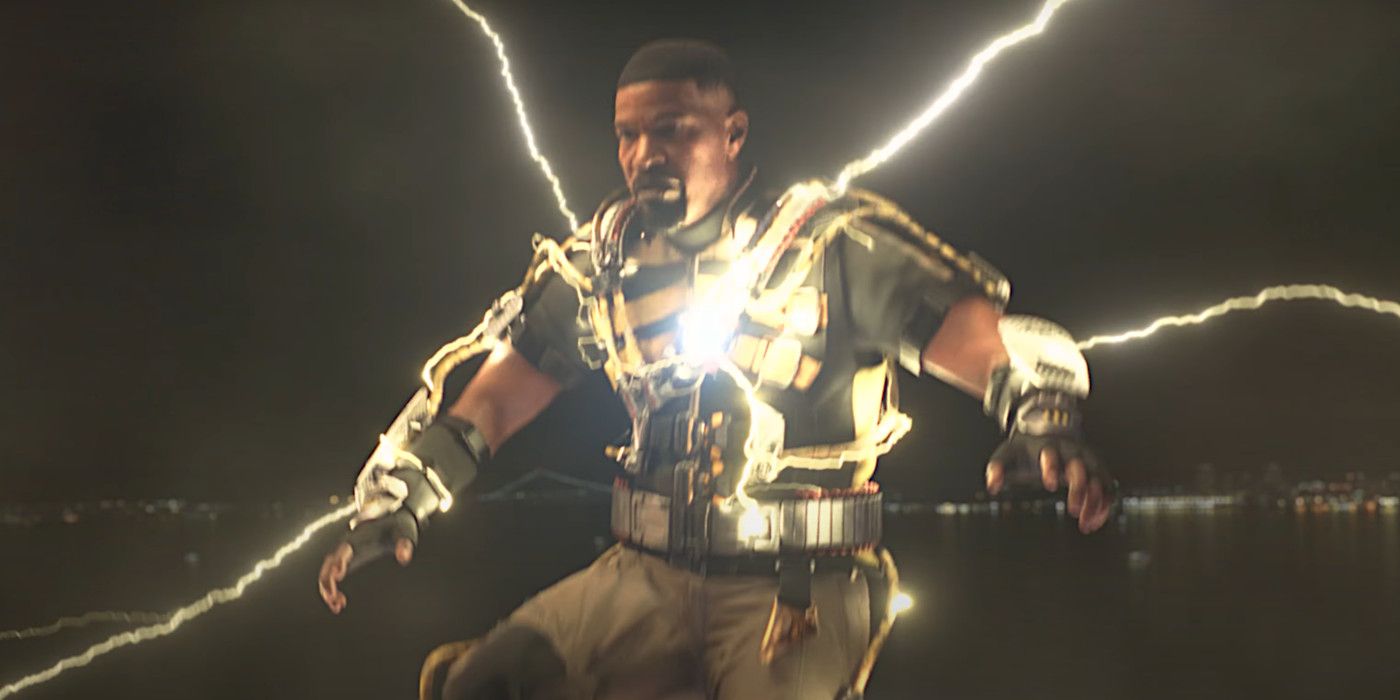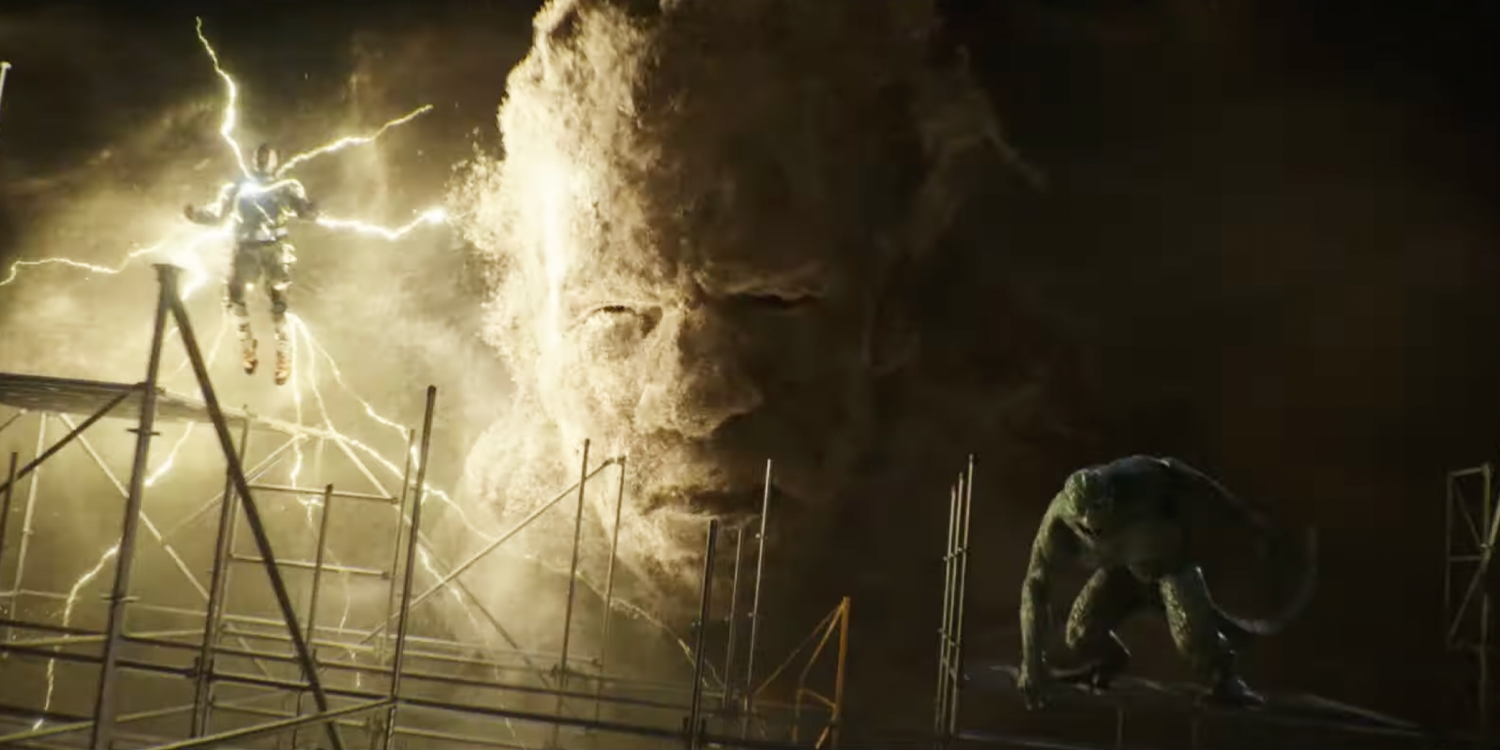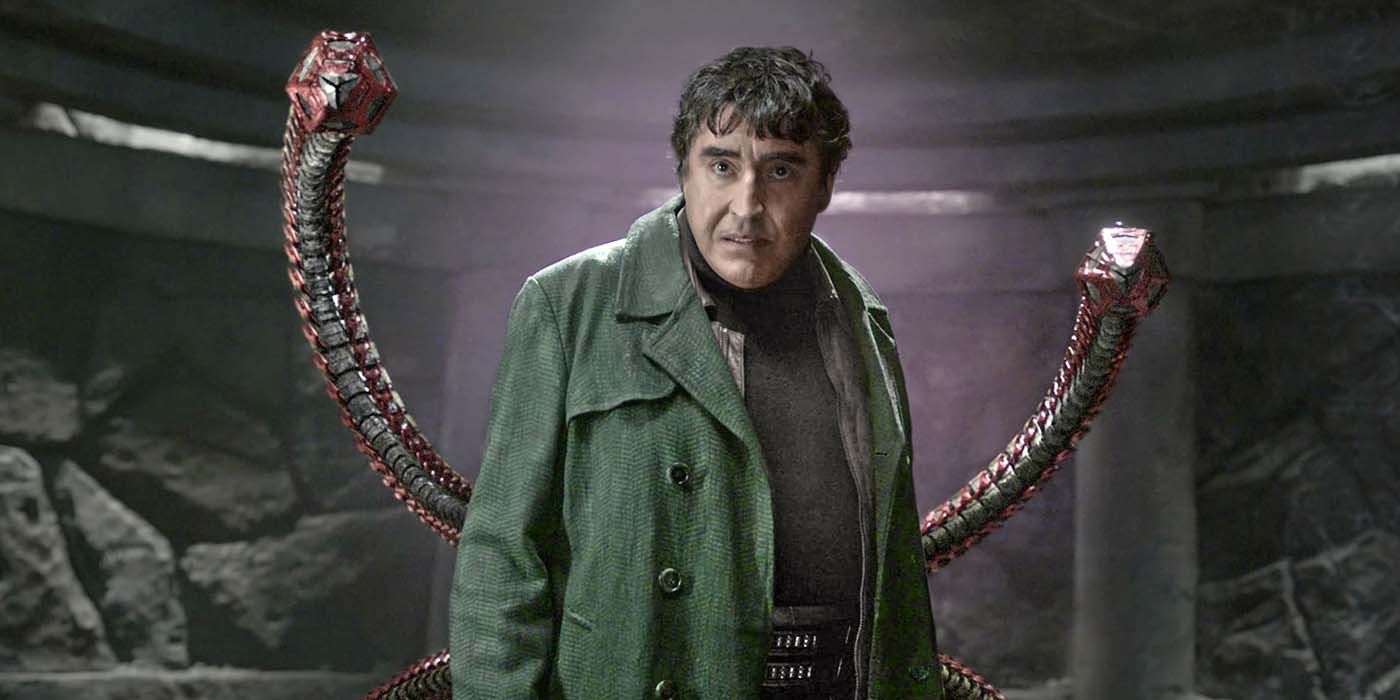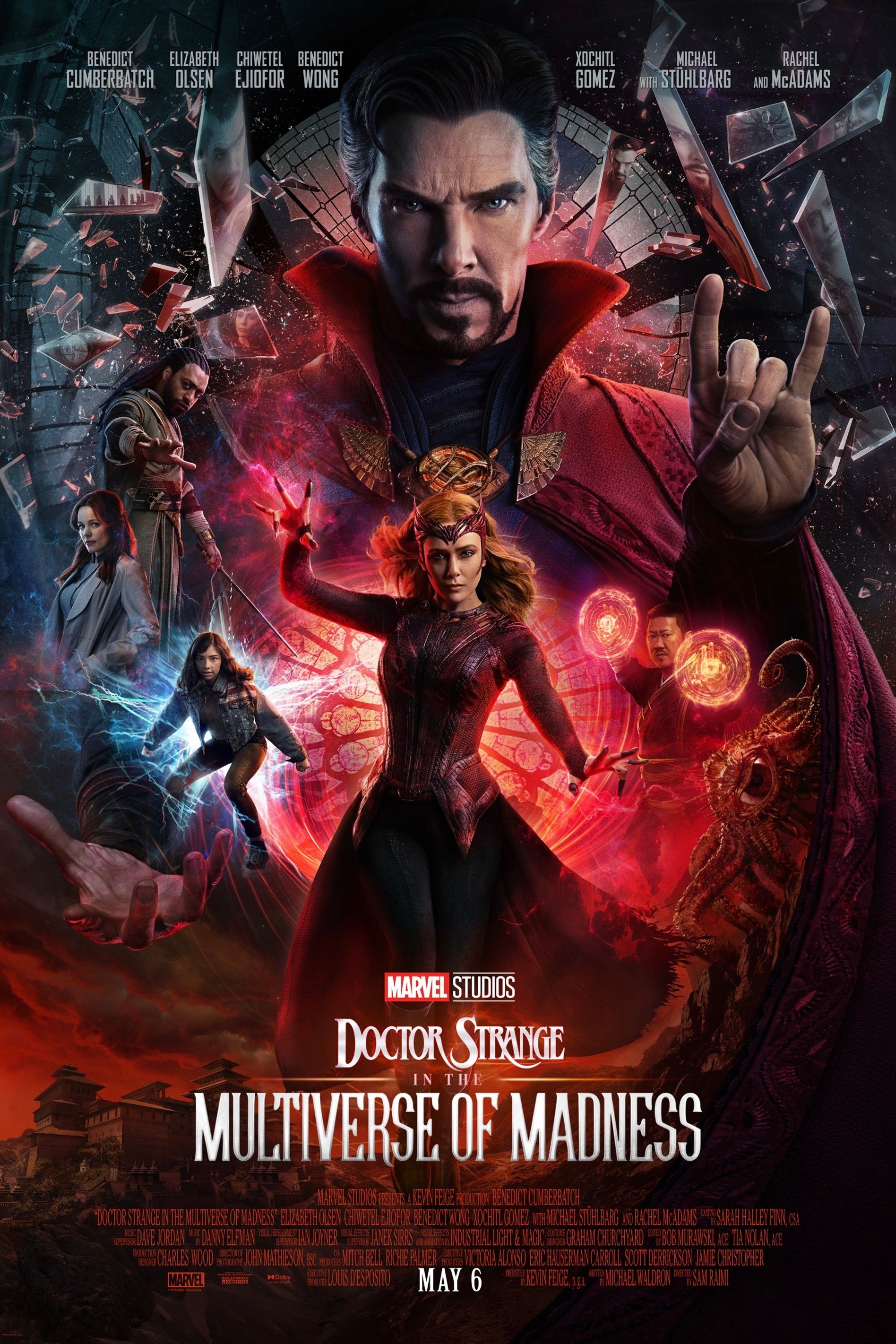Spider-Man: No Way Home will feature the return of iconic Spider-Man villains from previous film franchises, but one could theorize that the villains are variants of their original film versions. No Way Home will conclude Tom Holland’s first MCU Spider-Man trilogy by not only tying together his previous films but also connecting them to the first two Spider-Man film franchises through its villains. There are several notable details in No Way Home’s trailers that may indicate that the multiverse Spider-Man villains aren’t quite the ones from Sam Raimi and Marc Webb’s films, which could have fascinating ramifications for their roles in the MCU. Moreover, Tobey Maguire and Andrew Garfield are expected by many to appear as alternate universe versions of Spider-Man in No Way Home. If they’re variants of their more familiar incarnations as well, this too would have a significant effect on the film.
Attempting to reverse Mysterio’s outing of Spider-Man’s secret identity, Peter Parker works with Doctor Strange to make the world forget about his double life. The spell backfires, causing Spider-Man villains from other universes to enter the MCU. No Way Home will have some of the most memorable cinematic Spider-Man villains return, including Willem Dafoe’s Green Goblin, Alfred Molina’s Doctor Octopus, and Jaimie Foxx’s Electro. While the Marvel multiverse has been explored in previous MCU properties, No Way Home will be the first movie to center on the concept. The events of No Way Home will presumably set the stage for Doctor Strange in the Multiverse of Madness.
Alternate timelines were hinted at in Avengers: Endgame, but were the premise of Loki and Marvel’s What If…? In Loki, the titular protagonist was a variant of his mainstream MCU counterpart, with the Avengers’ meddling allowing him to escape New York with the Tesseract. By the end of the series, the TVA’s head, He Who Remains, is killed by Sylvie (another Loki variant), throwing the multiverse into chaos and perhaps facilitating Peter Parker and Stephen Strange’s mayhem in No Way Home. The multiverse villains in No Way Home may be similar to J.K. Simmons’ MCU iteration of J. Jonah Jameson in that their original actors are reprising their roles, but the characters they’re playing aren’t quite the same as their Raimi and Webb counterparts.
The Multiverse Villains’ Appearances
The clearest indicator that No Way Home’s multiverse villains are variants is that they don’t all resemble their previous appearances. In some cases, like Doctor Octopus and The Lizard, the visual differences are extremely minor, with Octavius wearing a slightly different outfit and The Lizard appearing more muscular. Sandman and the Green Goblin (in some of his frames) aren’t changed at all, but other views of Norman Osborn and every shot of Electro give these classic villains new looks that no previous film showed before. In the Green Goblin’s case, Norman wears his 2002 armor in most frames, but in others, he wears a more battle-worn costume with goggles instead of his iconic mask. While Norman’s armor and helmet could be damaged fighting Spider-Man, he also uses a different glide with green lights instead of his 2002 model’s blue ones.
Electro has an even more dramatically different look, with his Ultimate Spider-Man-inspired look in The Amazing Spider-Man 2 being replaced by an appearance that references his classic costume. Max Dillon had luminescent blue skin in the Marc Webb film and wore a black containment suit, but in No Way Home, he wears a green electrician’s outfit with yellow electrical surges that, in some moments, form the shape of his face mask from the original Stan Lee and Steve Ditko comics. With this in mind, the villains may have been pulled from similar universes to the Raimi and Webb films, but not the same continuities that viewers are familiar with.
Each Villain Dies Fighting Spider-Man
No Way Home teases another detail that may allude to its villains being variants: their fates in their home realities. According to both Doctor Strange and Doctor Octopus, the villains all die fighting Spider-Man, but that doesn’t quite align with their depictions in the previous films in all cases. The Green Goblin dies fighting Spider-Man, but Doc Ock overcomes his tentacles’ malicious influence and sacrifices himself to save New York. Electro’s fate is ambiguous in The Amazing Spider-Man 2, but Sandman and The Lizard are explicitly shown to survive their battles with Spider-Man, with the former making amends with Peter Parker and the latter being committed to a mental institution.
This implies that perhaps the returning villains come from universes that are nearly identical to the Raimi and Webb films, but none of the villains redeemed themselves and all ended up dying in battle against their respective Spider-Man iterations. As implied in No Way Home’s second trailer, this could create a moral dilemma for Peter Parker, who wants to send them back to their home realities but not doom them in the process. This might not be the case for characters like Sandman and The Lizard if they were from the same reality as their respective films.
What This Means For Spider-Man: No Way Home
If the multiverse villains in No Way Home are variants of their more familiar incarnations, this could mean that their respective Spider-Man iterations are, too, if they appear. Assuming that Tobey Maguire and Andrew Garfield reprise their web-slinging roles, they may slightly differ from their previous incarnations. Maybe Gwen Stacy is still alive in Andrew Garfield’s home reality. Perhaps this Tobey Maguire variant uses web-shooters instead of organic webbing.
This also allows for far more creative liberties to be taken with both the villains and, potentially, the two older versions of Spider-Man. Without having to adhere precisely to their narratives in previous Spider-Man film franchises, No Way Home would have the freedom to adjust the villains to fit their narrative without worrying about continuity snarls or potential fan backlash. Simultaneously, having the multiverse villains be variants would still allow their actors to return for one final, crowd-pleasing performance in Spider-Man: No Way Home, ending the MCU Spider-Man film series on a memorable note.

